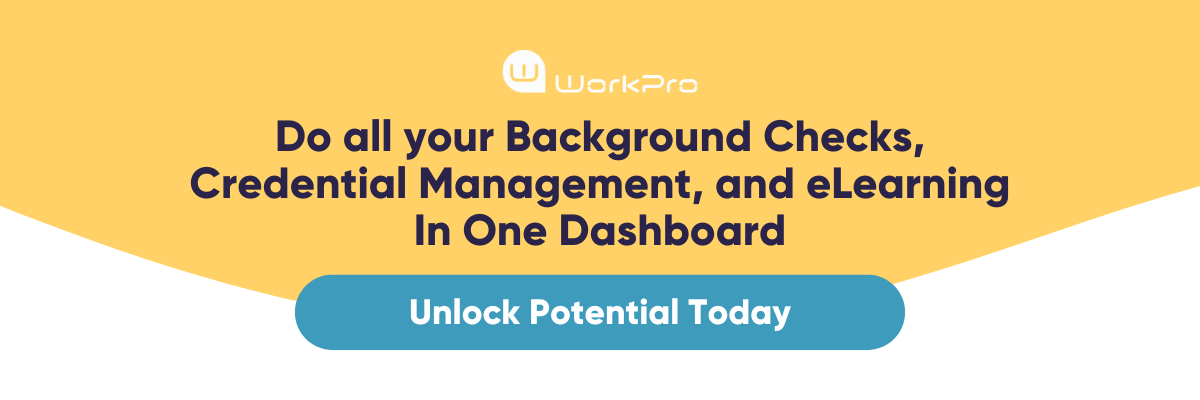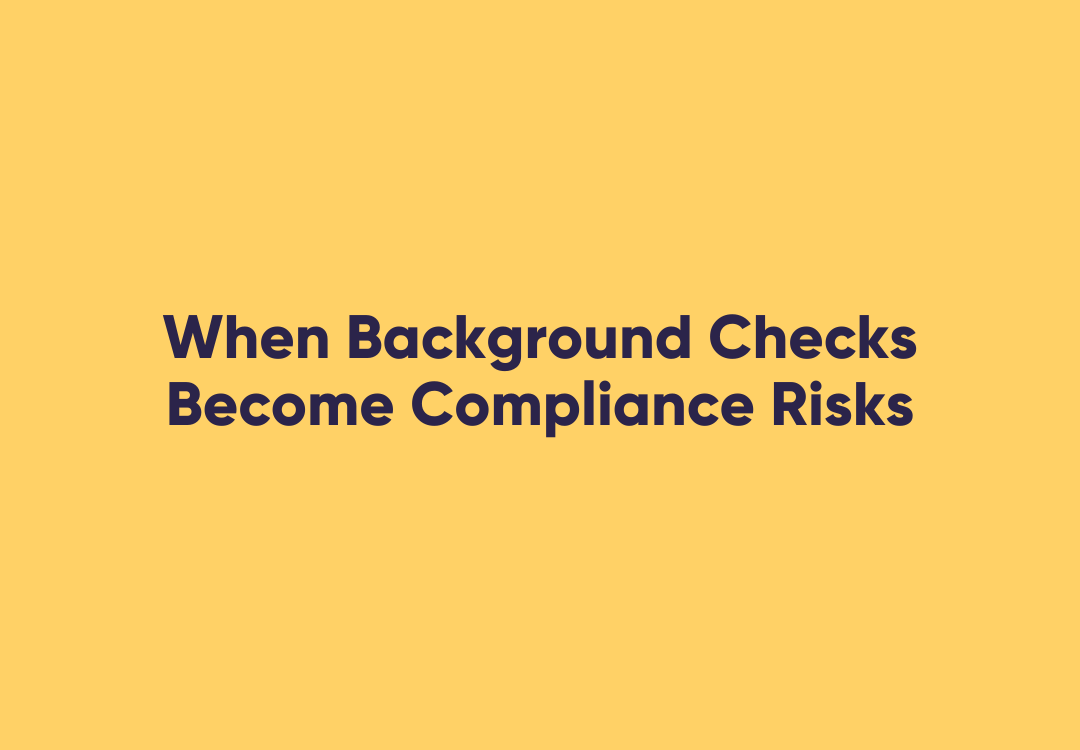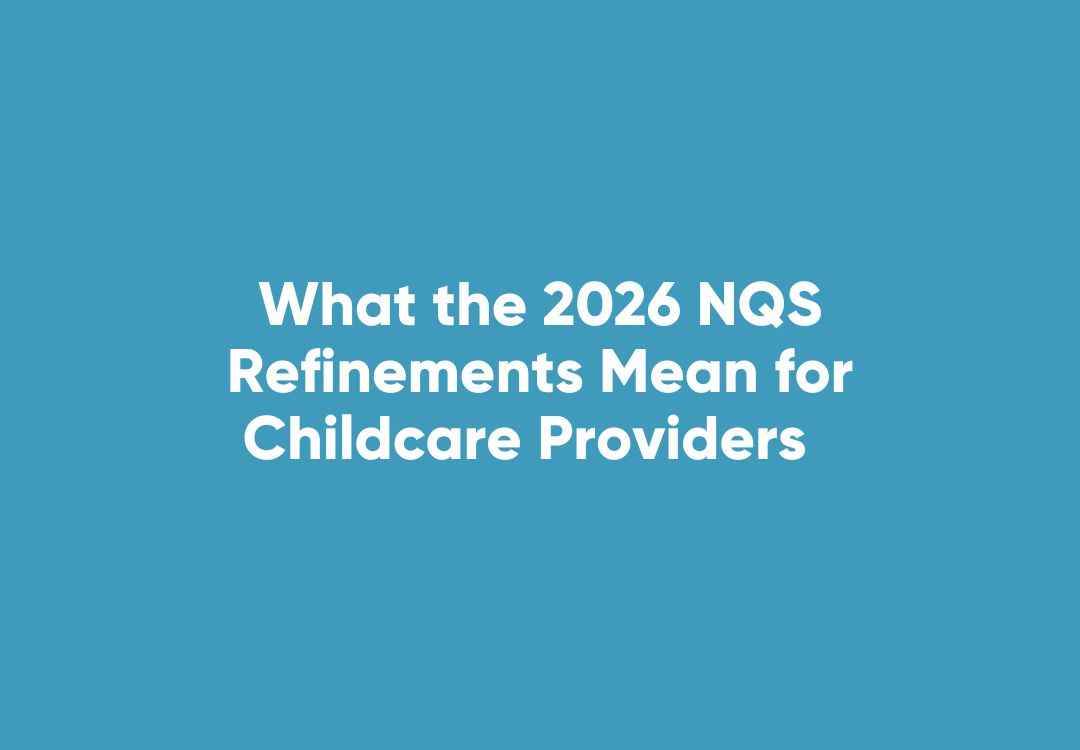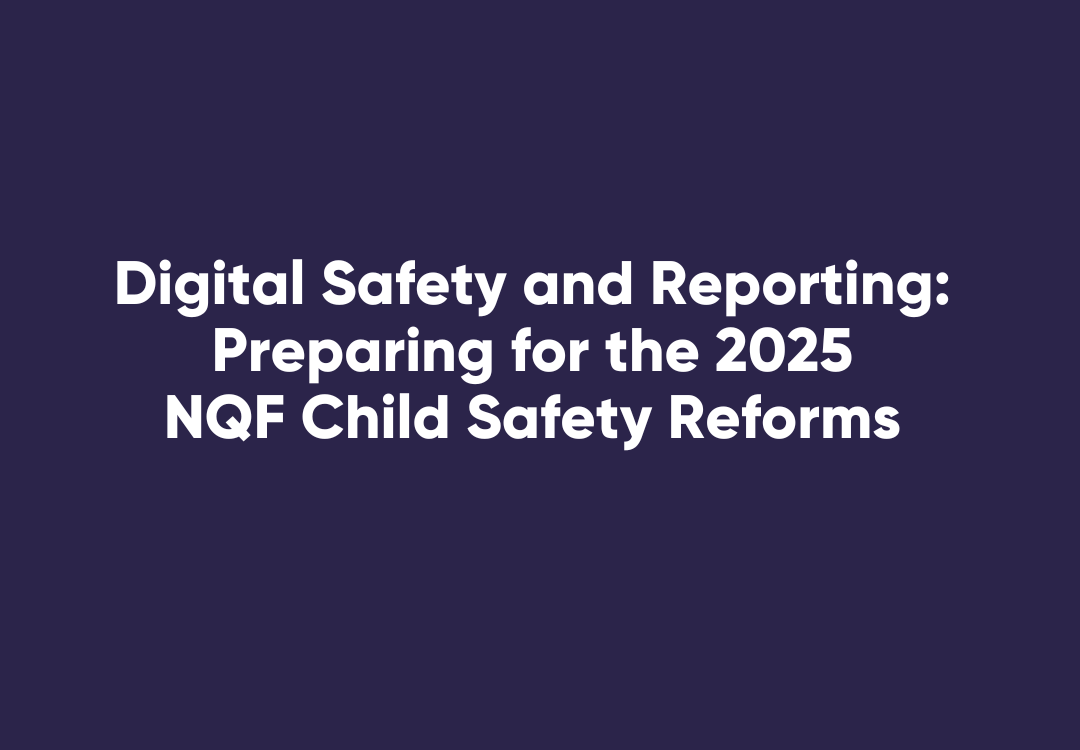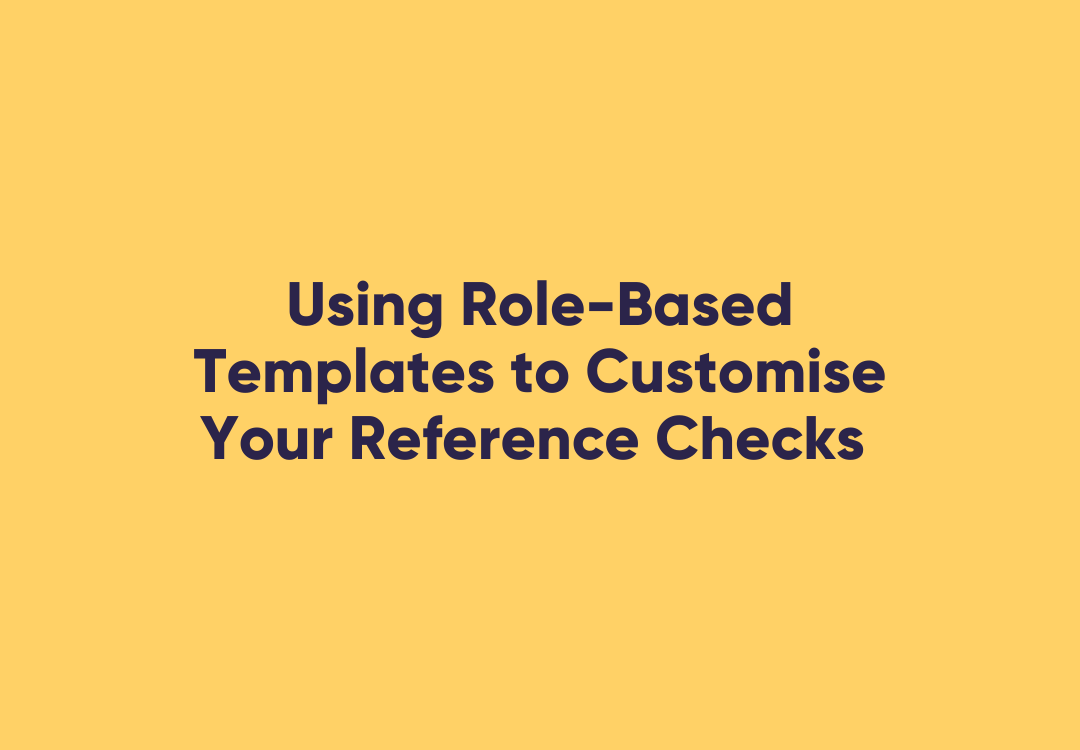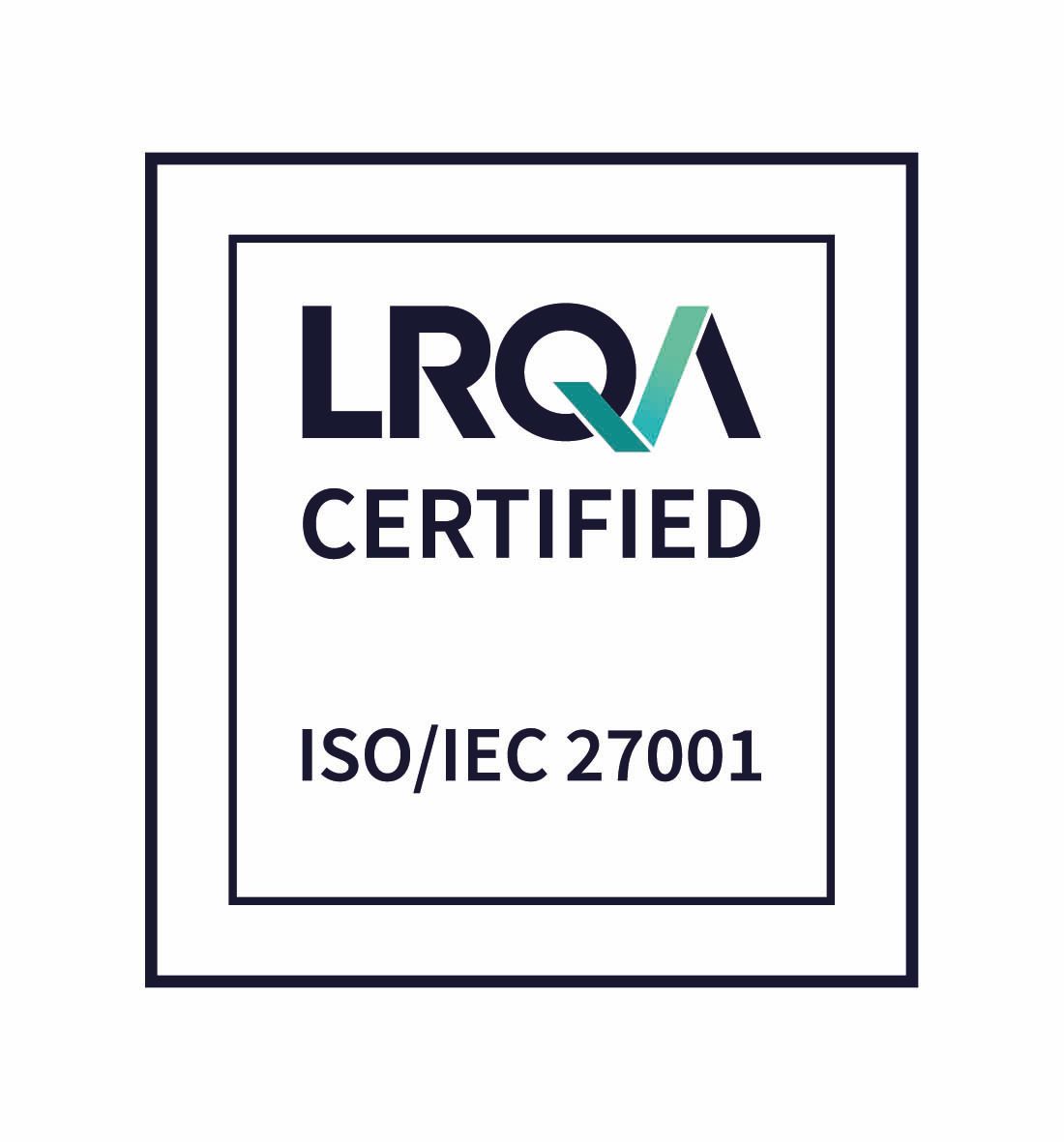5 Lessons in Compliance for FY25-26
5 Lessons in Compliance for FY25-26
A recent study revealed that over 70% of Australian organisations struggle with onboarding compliance for non-permanent workers (Safe Work Australia, 2024). As we enter FY25-26, the risks of inaction are no longer abstract. From governance blind spots to audit failures, gaps in compliance are costing businesses more than fines. They’re threatening reputations, safety, and talent retention.
The message is clear: HR and recruitment leaders must move beyond reactive compliance. This is not just about avoiding penalties. It is about building resilient systems that can scale, flex, and protect your workforce and your business.
This blog unpacks five key lessons from WorkPro’s FY25-26 Workplace Compliance Briefing, bringing together legal, WHS, and practical insights that every HR professional should act on today.
What is workforce compliance?
Workforce compliance is the strategic alignment of policies, practices, and systems to meet legal, safety, and governance requirements for all worker types.
To strengthen workforce compliance in FY25-26, organisations must prioritise psychosocial safety, audit readiness, legal defensibility, and consistent onboarding across all worker types.
Why Many HR Teams Are Still on the Back Foot
Despite growing awareness, many HR and operations teams continue to fall short in several critical areas. Psychosocial risks remain under-assessed. Contract classifications are often misapplied. Documentation is rarely audit-ready, particularly in high-volume or contractor-heavy industries.
What if these challenges could be transformed into strengths?
Imagine a recruitment process where onboarding, screening, training, and compliance tracking run simultaneously, reducing time-to-hire and compliance risk. Or an audit scenario where every record is a click away, with alerts showing exactly what is missing.
That future is not only possible, it is necessary.
Five Key Compliance Lessons from Legal and Risk Experts
Lesson 1: Address Psychosocial Risks Proactively
Psychosocial safety is now a regulatory expectation. According to Amy Towers, Director at Risk Collective, organisations must go beyond policies and embed psychosocial risk controls into culture and leadership.
Workforces are becoming more dispersed and flexible. Safety standards must remain consistent. Standardised WHS onboarding, including psychosocial modules, ensures duty of care is met from day one.
Lesson 2: Governance Gaps Create Legal Traps
Martin Richardson, Legal Director at Risk Collective, highlights that misclassifying workers or using outdated contracts can lead to serious penalties. Governance risks are often overlooked during periods of rapid hiring.
Legal defensibility is not just a legal department’s responsibility. HR must ensure that screening, onboarding, and engagement models align with current legislation.
Lesson 3: Be Audit-Ready, Always
Allie Terrill of Astrid Legal warns that audit failures often stem from missing documentation. Licence expiries, incomplete checks, and policy acknowledgements cannot be managed manually at scale.
Audit readiness means every document, training record, and compliance check must be current, accessible, and tracked, especially in high-risk sectors.
Lesson 4: Automate and Standardise Onboarding
Where do onboarding processes break down? According to our panel, inconsistency is the most common culprit, particularly across different worker types or locations.
Digital onboarding systems that handle background checks, WHS training, and documentation in one structured flow reduce risk, save time, and improve worker experience.
Lesson 5: Apply Compliance to All Worker Types
Different expectations for temporary staff, contractors, and permanent employees increase the likelihood of non-compliance. A unified system that applies the same onboarding and compliance standards to all workers is now a compliance necessity.
WorkPro Solutions: Practical Support for a Compliant FY25-26
WorkPro’s suite of tools is designed to simplify and streamline compliance. From WHS training and licence tracking to automated background checks and expiry alerts, the platform ensures that every compliance step is completed and recorded.
Consider a labour provider managing hundreds of contractors across multiple locations. With WorkPro, they implemented psychosocial risk training, verified work rights alongside onboarding, and maintained audit-readiness. This was achieved without adding administrative burden or implementing multiple systems.
Whether you are managing contractors, employees, or a blended workforce, WorkPro provides a central source of truth that adapts to your needs.
Turn These Lessons Into Action
As FY25-26 approaches, compliance should not be a scramble. It should be a strategic advantage.
From psychosocial risk and onboarding consistency to audit readiness and legal alignment, the experts have made one thing clear: proactive compliance is the foundation of operational resilience.
Watch the full Regulation, Risk, Reputation video below, and
explore how WorkPro can help you embed these lessons into your workforce strategy today.



